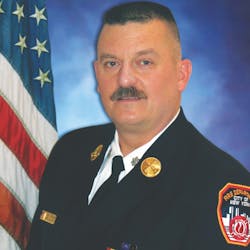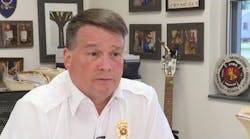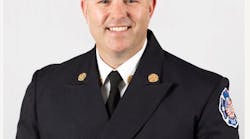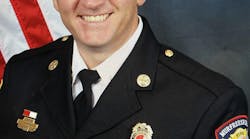Did you ever work with a company or chief officer who enforced all of the rules and followed up on every violation of them? Did you wonder why other officers overlooked some rules?
There are as many different kinds of officers as there are kinds of people, and officers, like people, behave, make decisions and prioritize things based on many factors, including their upbringing, life experiences and relationships.
That said, what about the rules? Regardless of the officers’ entire history in life, aren’t they instructed as to what rules must be enforced and what behaviors of their firefighters are acceptable?
Furthermore, what kind of rules are we talking about? Wearing the proper duty uniform? Wearing and using SCBA? Checking the apparatus and tools properly for each tour? Arriving on time and ready for every shift?
There are so many rules, regulations and policies that can be observed, but as we all know, they aren’t.
Priorities & adjustment
“Lt. Jacobs” arrives for a night tour. After relieving the offing officer, Jacobs walks into the kitchen for a cup of coffee. Several firefighters are in the kitchen already working on the evening meal, and they greet him enthusiastically. Jacobs is a senior officer and has worked with these firefighters for years.
Jacobs notices that several members of the group are wearing “company” T-shirts—the kind that the unit made at a local T-shirt shop—rather than the official department button-down collared shirt. However, he says nothing, other than a hello to the group.
Is this a problem? It depends. If you asked this officer the same question, he would say, “No, this isn’t a problem. These firefighters are here in the firehouse kitchen preparing a meal for the shift. They aren’t out in public. They aren’t performing any tactics or other operations but, instead, are trying to keep their ‘official’ clothing from being soiled or otherwise dirtied during the meal preparation.”
On the following night shift, “Lt. Whitman” arrives, and the details are identical to the previous evening except for one item: Whitman notes the same discrepancy with the uniforms, and after a big hello to the group, he asks the firefighters who are wearing something other than the proper and required uniform to finish what they’re doing and get into the proper uniform.
The same question could be asked: Is this a problem? Well, the answer, obviously, is no, because Whitman simply is asking the firefighters to follow the rules. Does this make Jacobs’ handling of the situation the previous evening improper or incorrect? The answer, again, is no. Here’s why.
Each officer established separate priorities for the shift. Each probably trains people differently and might conduct a different style of roll call or shift gathering. These activities might be spelled out in the rules and regulations, but in the real world, there almost always is room for adjustment.
If you asked Jacobs whether the firefighters are permitted to wear the T-shirts out on a fire prevention activity, he would say no: They entered the public domain, and the proper uniform is required—and Jacobs enforces that rule.
Another variable here is the attitude of the next higher rank. If the on-duty battalion chief who works with Jacobs on a regular basis expects all firefighters to wear the prescribed uniform at all times, do you believe that Jacobs would allow the T-shirts, even only in-quarters and even when the chief works out of a different station? The answer here probably is no.
Other factors include items or activities that are safety-related, such as SCBA usage and wearing of proper and complete PPE.
Recognizing the leeway
There is no specific, absolute and unbendable set of rules, unless the officers who are working want them to be. In other words, some rules are set in stone and others are quite flexible.
Good officers, working with responsible firefighters and supervised by reasonable superior officers, may have the ability to be flexible with some of the routine rules and regulations that guide our activities and behaviors in the fire service. Knowing the difference is the key to success.






